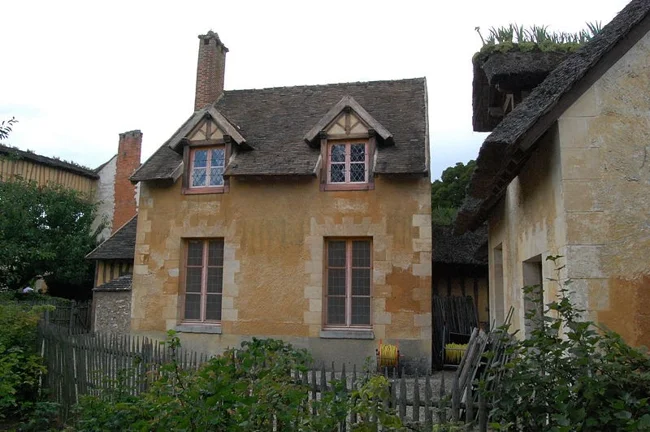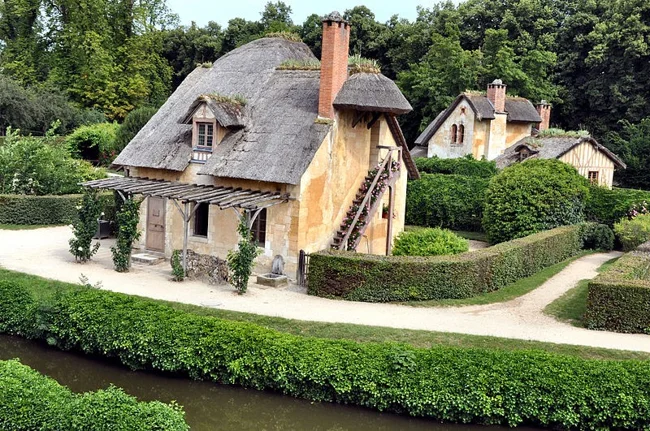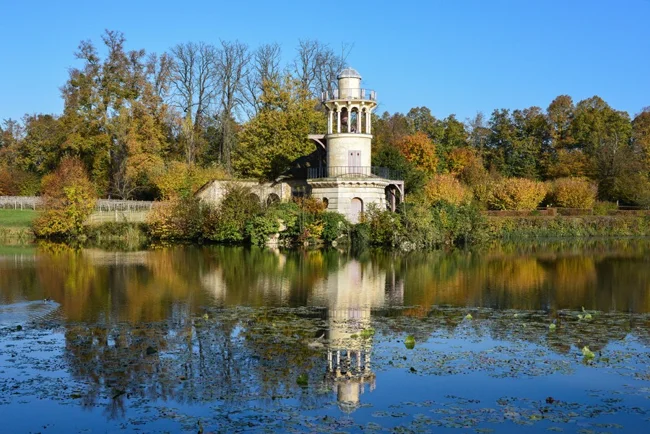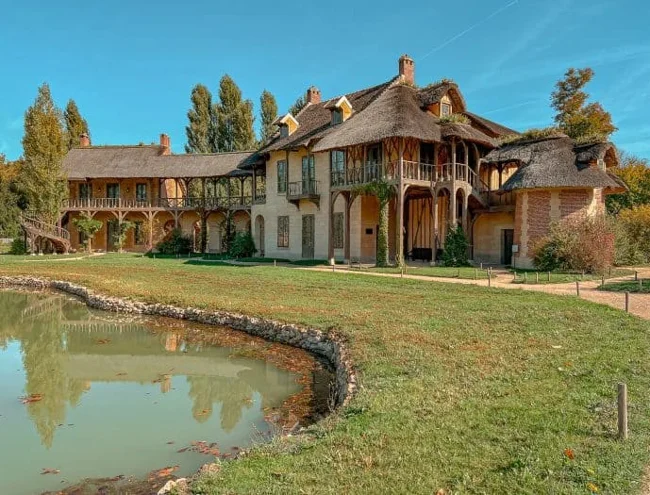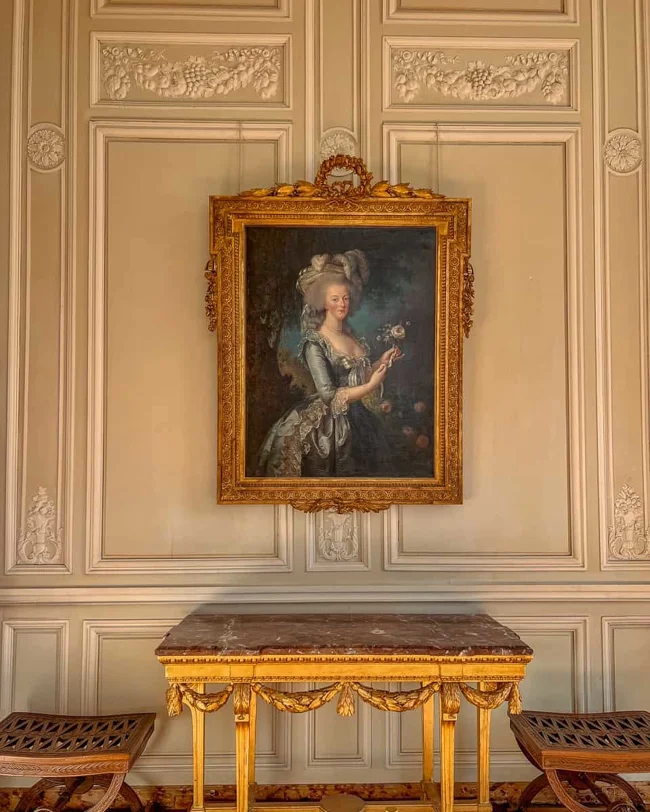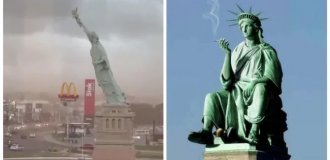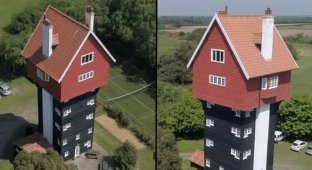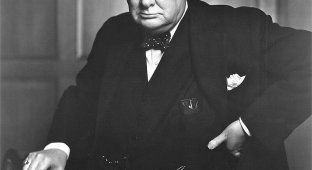Marie Antoinette's game village (16 photos + 1 video)
Marie Antoinette, the last queen of France, is often portrayed as a frivolous, selfish, and immoral woman whose extravagance drained the state treasury. 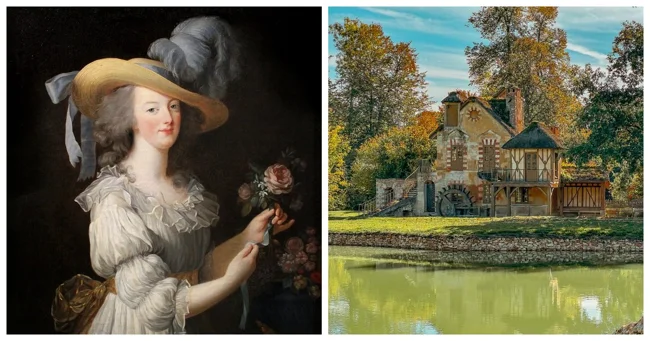
She spent money recklessly, indulging in excesses at a time when the country was in dire financial crisis and the people were suffering from poverty. She wore wigs powdered with flour when her subjects were starving for bread, and dressed in Indian fabrics – so popular that their import was banned in the 17th century to protect the local wool and silk industries. 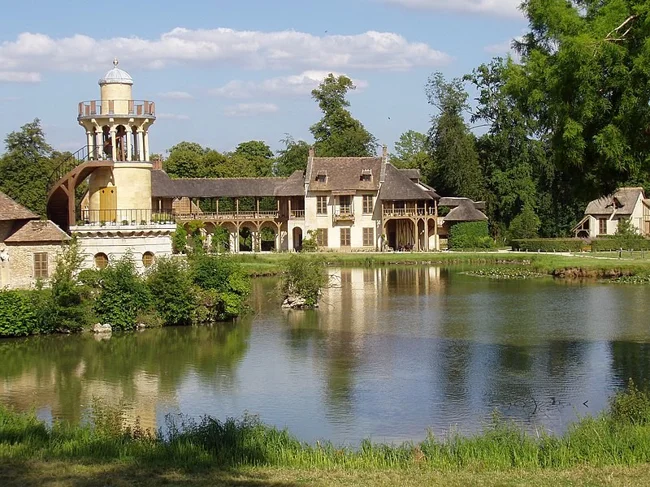
In the eyes of the revolutionaries, the queen became a symbol of everything that was wrong with the monarchy. Eventually, the people blamed her for the country's economic decline, claiming that the state could not pay its debts because of her extravagance.
The Queen's Village 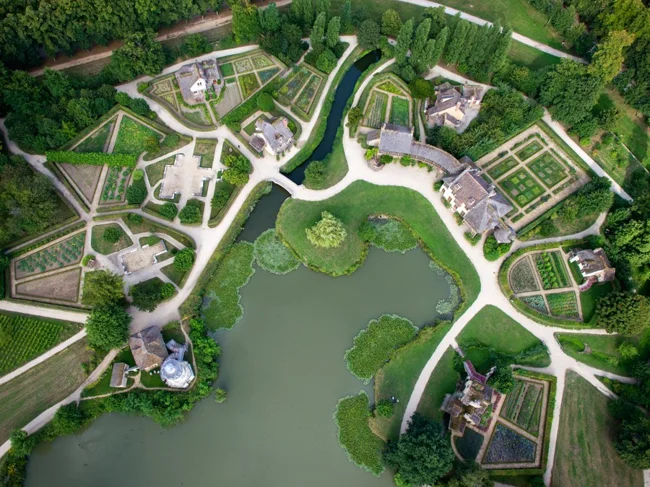
Amidst the growing unrest that would soon escalate into one of the greatest social revolutions in history, Marie Antoinette embarked on a new extravagant project. 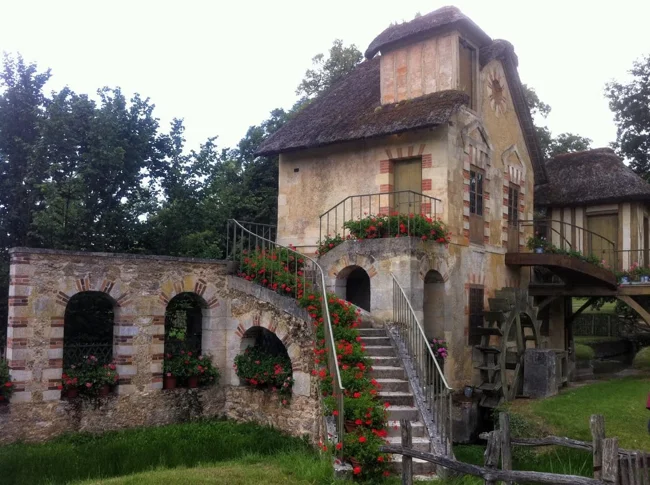
In 1783, she ordered the construction of an amo, a decorative village conceived as a garden idea in the park of the Palace of Versailles. Such villages were popular among the French aristocracy of the 18th century, and the most famous of them was considered to be the village on the estate of Chantilly. The Versailles amo was created on the model of a Norman farm: seven houses with thatched roofs and a rustic facade, but with luxurious interiors, where concerts, games and dinners were held. 
Marie Antoinette, impressed by Chantilly, wanted her own village - a place where she could rest from the hardships of royal life. Hameau de la Reine (Queen's Village) was completed in 1788. It included meadows with ponds and streams, a classic Temple of Love on an island surrounded by fragrant bushes and flowers, an octagonal Belvedere gazebo with a grotto and a waterfall. The village consisted of a variety of houses, each of which had a special purpose: a farm, a dairy, a dovecote, a barn and a mill. Around each was a garden, vegetable garden or flower garden. The largest and most famous building was the Queen's House, connected by a gallery to the Billiard House. 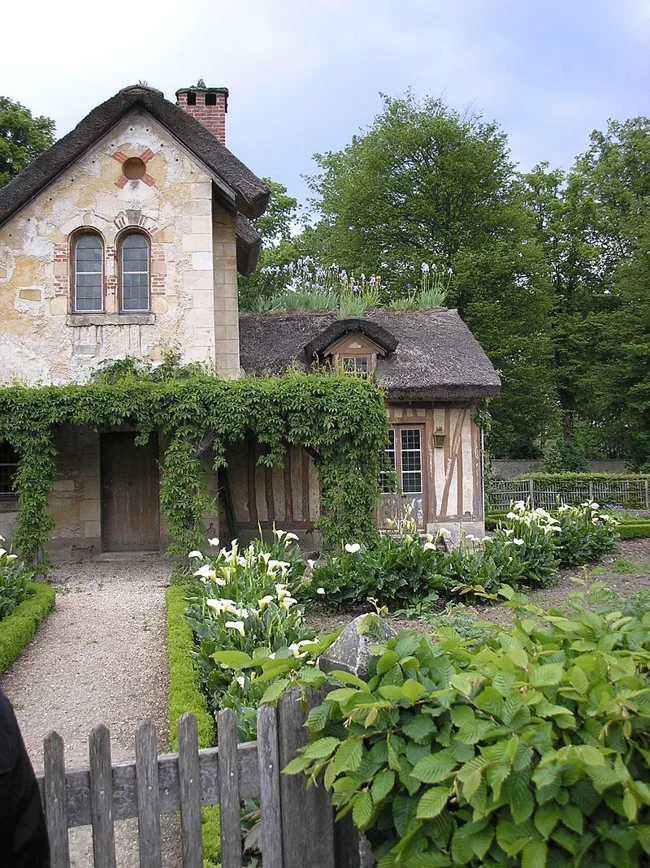
Marie Antoinette and her friends dressed up as shepherdesses and milkmaids, acting out scenes from village life, but did not give up royal comforts. Real farmers hired by the queen looked after the cattle and grew fruits and vegetables for the royal table. Sometimes Marie Antoinette herself milked the cows and sheep to feel closer to rural life. It is said that before her visit, the "country people" washed the goats and decorated them with ribbons. 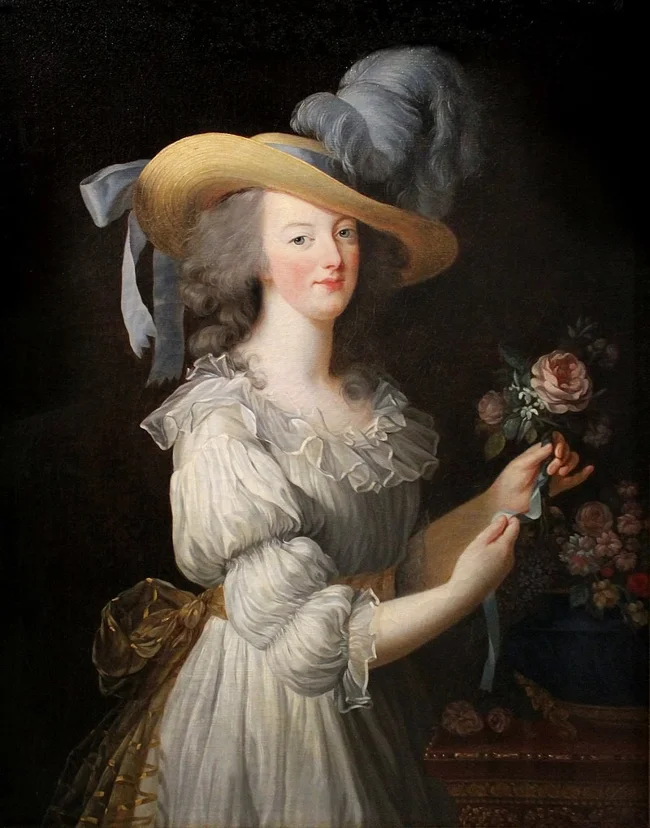
Marie Antoinette
The queen was proud of her village. She invited the king and family to garden parties, where, sitting at a table under blooming honeysuckle, she poured them coffee with her own hands, boasting of the thick cream, fresh eggs and juicy strawberries - proof of her ability to manage the household. 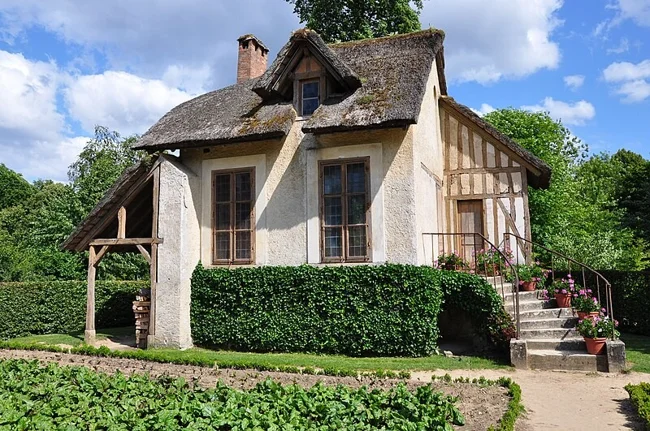
The area was fenced and walled, and only those close to her could enter. This gave rise to rumors that Marie Antoinette held secret meetings with counts and nobles here. Such luxury and playful parody of peasant life only worsened her already tarnished reputation. 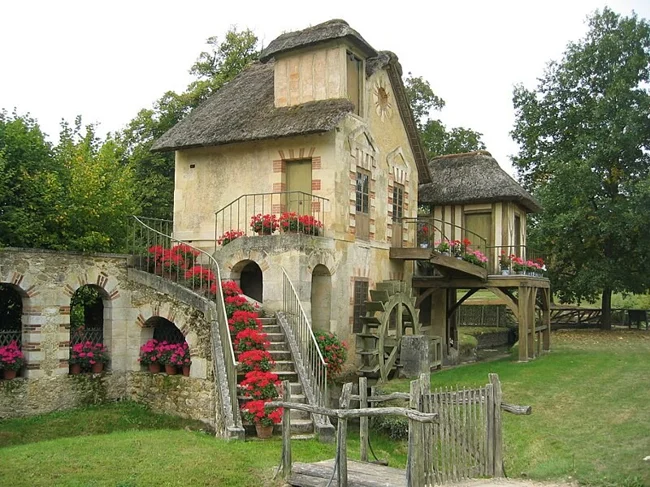
When the Revolution broke out, the Queen was arrested, accused of devastating the country, leading to famine, and of plotting against the state. She was executed by guillotine on October 16, 1793. 
Most of the Queen's Village remains intact. One of the two dairies was destroyed during the First Empire. The barn, which also served as a ballroom, was badly damaged during the Revolution and later destroyed. The remaining buildings were restored in the late 1990s and opened to the public. 